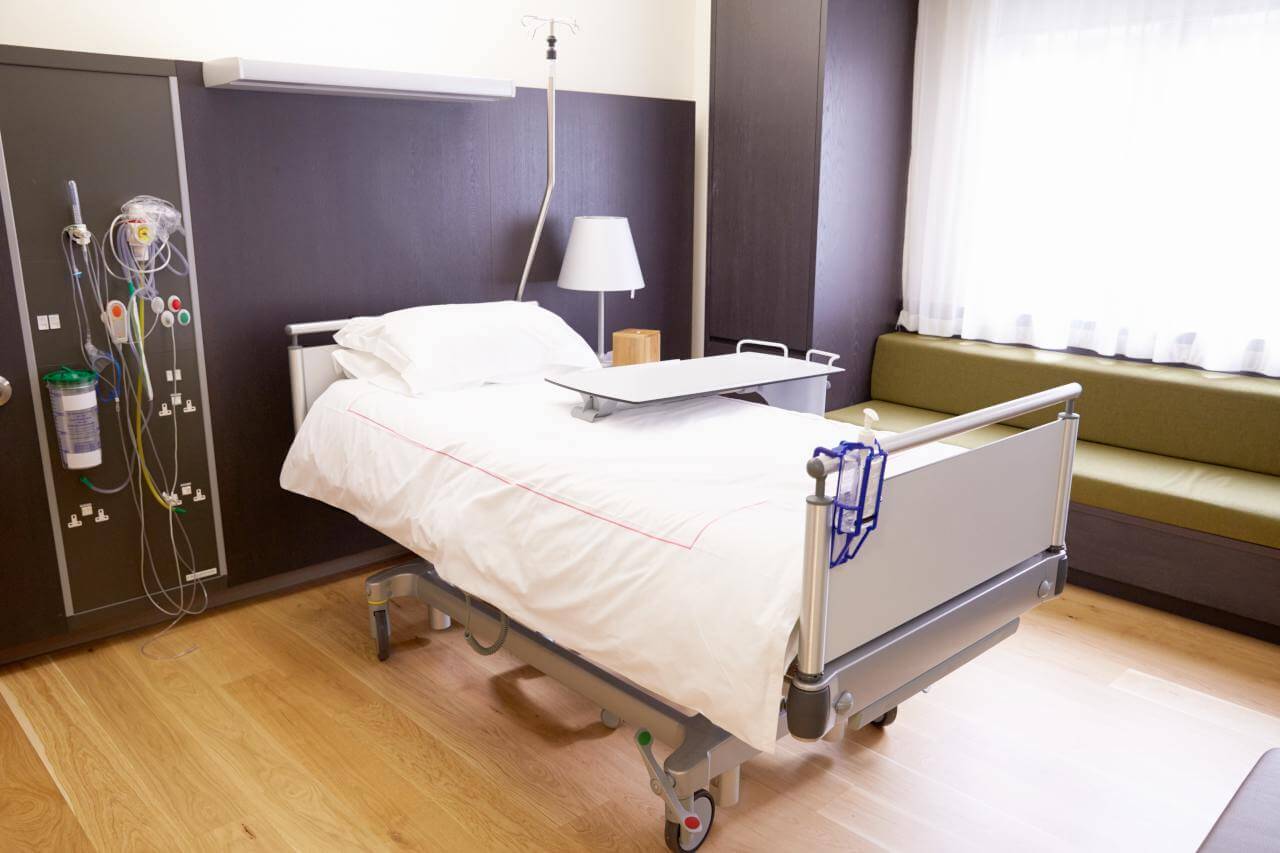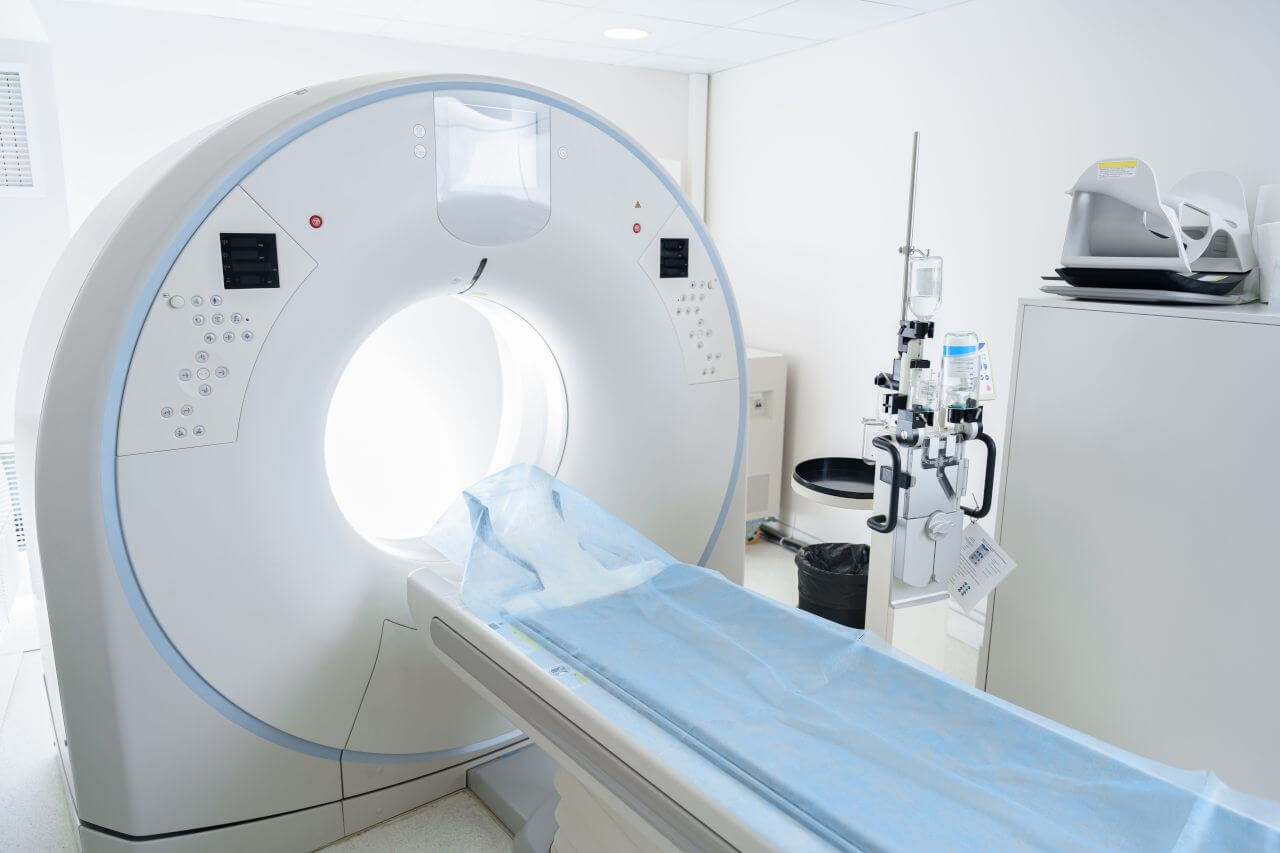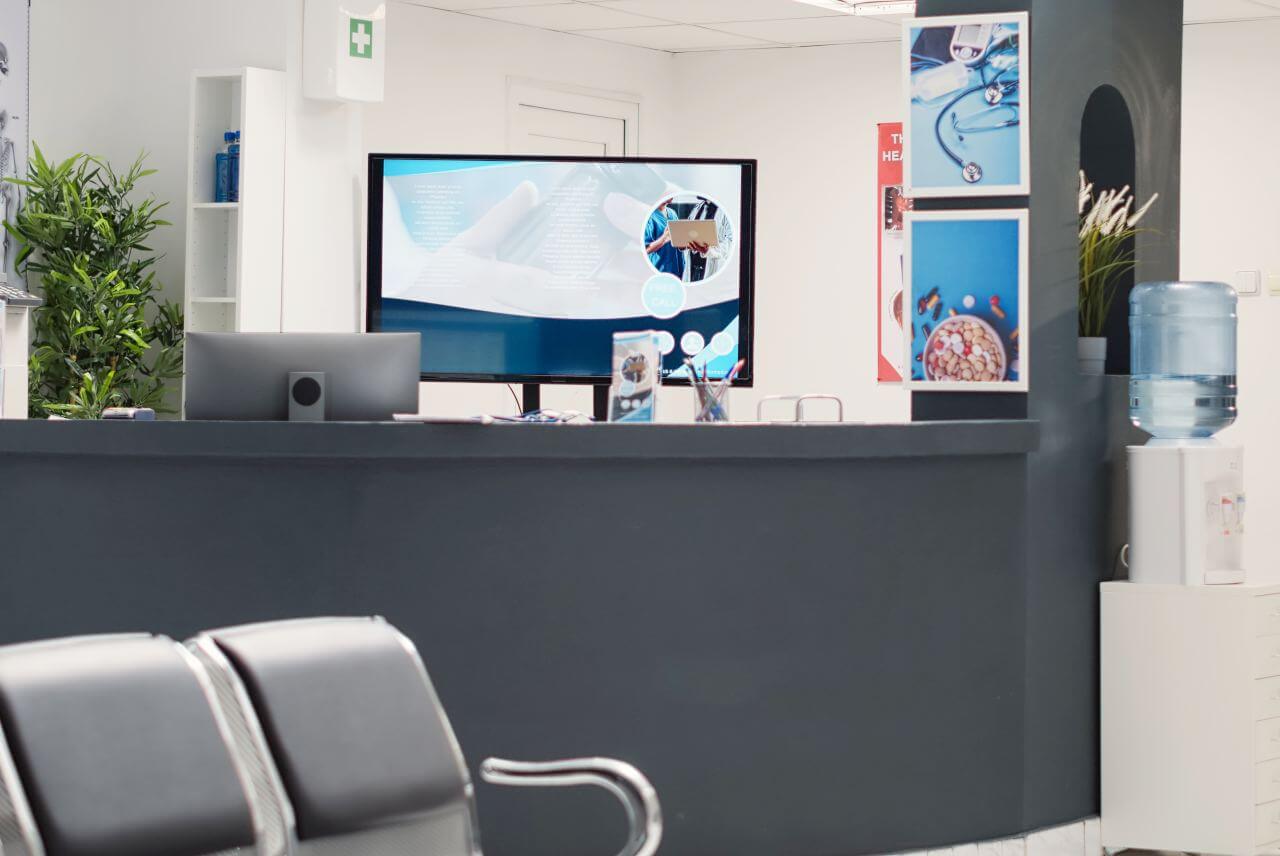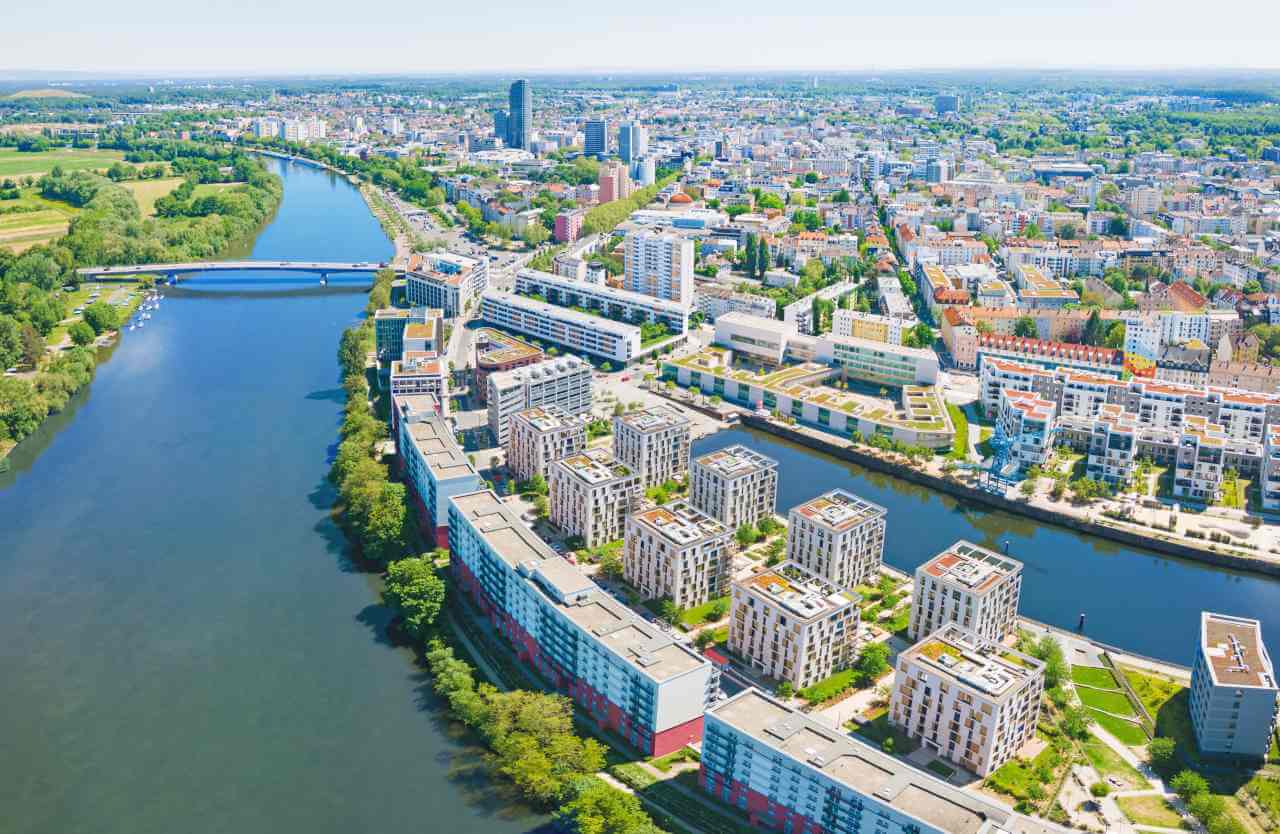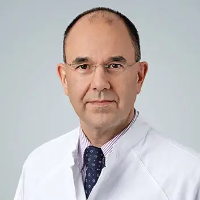Vitus Clinic for Innovative Cancer Treatment Departments
The Vitus Clinic for Innovative Cancer Treatment is a highly specialized medical facility with a primary focus on sparing prostate cancer treatment using advanced therapeutic techniques. The medical complex began its successful clinical practice in 2011 under the leadership of Prof. Michael Stehling. The specialist is one of the pioneers in the use of innovative prostate cancer treatments, such as irreversible electroporation (IRE) and photodynamic therapy. Today, the clinic enjoys a high reputation in the international medical arena and treats patients with particularly complex cases, achieving excellent results. The clinic is part of a group of partner medical centers of this kind in Austria and the USA, which allows the doctors to regularly exchange clinical experience in their area of competence.
The primary focus of the department's doctors is irreversible electroporation (IRE). Whenever required, the specialists also offer combination treatment with IRE and electrochemotherapy or IRE and immunotherapy. The technique of irreversible electroporation involves the use of electric current for targeted destruction of malignant cells. The main advantage of this procedure compared to classical surgery for prostate cancer is its minimal trauma rates. Prostatectomy often leads to complications such as erectile dysfunction and urinary incontinence, and the risk of developing these postoperative complications when using IRE is practically zero. Over the course of the work of doctors, they have successfully performed more than 1,500 irreversible electroporation procedures, and this is a unique experience in Europe and the whole world. The Vitus Clinic for Innovative Cancer Treatment maintains close cooperation with Prof. Boris Rubinsky from the University of California, Berkeley, the developer of the IRE method.
The clinic has also gained vast experience in the use of photodynamic therapy (PDT) for the treatment of prostate cancer and bladder cancer. The method is based on the use of photosensitizers and light sources of specific wavelengths. The peculiarity of the photosensitizer is that it accumulates only in cancer cells. This increases their sensitivity to light with a certain wavelength, under the influence of which they are destroyed. Photodynamic therapy is often combined with immunotherapy to activate the patient's anti-cancer immune response.
The clinic regularly admits patients with benign prostatic hyperplasia. Advanced treatment methods, including GreenLight laser therapy and the Rezum technique (water vapor ablation), are available here to help this group of patients. Both methods are minimally traumatic, but at the same time, they allow the doctors to achieve excellent results in the treatment of prostate adenoma.
The clinic provides a comfortable environment for patients and strictly adheres to modern hygiene and safety standards. Highly qualified specialists work with patients, whose priority is to provide a sparing treatment, the effectiveness of which is not inferior to classical methods. Doctors devote sufficient time to the personal counseling of patients and talk in detail about the stages of the upcoming treatment and expected results. The optimal treatment regimen is selected for each patient individually.
Photo: (с) depositphotos
Departments
Accommodation
Patients rooms
The patients of the Vitus Clinic for Innovative Cancer Treatment live in single, comfortable rooms, which correspond to the level of a high-class hotel. The patient room furnishings include an automatically adjustable bed, a bedside table, a wardrobe, a table and chairs, a TV, and an air conditioner. A safe is also provided in the patient rooms for storing valuables. Wi-Fi is available in each patient room. All patient rooms also have ensuite bathrooms with a shower and a toilet. Towels, a bathrobe, and necessary toiletries are provided here.
Meals and Menus
The patients are offered three delicious meals a day: breakfast, lunch, and dinner. The clinic staff delivers the meals for patients to their wards.
If, for some reason, you do not eat all the foods, you will be offered an individual menu. Please inform the medical staff about your dietary preferences prior to treatment.
Further details
Standard rooms include:
Accompanying person
Your accompanying person may stay with you in your patient room or at the hotel of your choice during the inpatient program.
Location
Offenbach am Main is a picturesque city in Germany, in the state of Hesse. Surrounded by dense forests, the city lies on the banks of the majestic Main River. The city also has a long history. The first mention of it dates back to 977. At that time, Offenbach am Main was considered a suburban area of Frankfurt, where wealthy people built villas and mansions. Today, the city has the status of an important economic and industrial center in the region.
Offenbach am Main is an interesting tourist destination and annually welcomes many visitors from different parts of the world. Tourists will find magnificent medieval architecture combined with elegant modern buildings in the surroundings of beautiful nature, well-kept park areas, and gardens. In the central part of the city, there are many residential houses built 200-300 years ago. The city center also houses interesting exhibition halls, museums, luxury hotels, bars, cafes, and restaurants.
The main heritages of the city are the Isenburg Castle and the Rumpenheim Castle. The majestic building of the medieval Isenburg Castle towers over the central part of the city. The castle was built in the 16th century in the Renaissance style, and in the 20th century it was extensively restored. The facade of the castle has a bright brick color, and it is decorated with arches and towers. Many pieces of medieval furniture and unique elements of decor have been preserved in the rooms of the Isenburg Castle. The Rumpenheim Castle is located on the bank of the Main River, which gives the majestic building a special charm. The palace complex was built in 1788. The facade of the castle is made of white. The palace complex is surrounded by a landscaped garden. Today, part of the castle’s interior is allocated for luxury apartments, so you can stay here for the night if you wish. During the warm months, the garden near the castle often hosts live music concerts, exciting thematic festivals, and other interesting events.
Offenbach am Main also boasts interesting museums, such as the Leather Museum, founded in 1917, and the Klingspor Museum, which is located in an old mansion, the construction of which dates back to 1953. Many of the books presented in the expositions of the museum are several hundred years old. The museum is proud of its unique collection of 100 books with soft leather bindings.
Offenbach am Main is a beautiful city where one can spend an enjoyable time exploring historical monuments and landmarks or strolling through picturesque parks, gardens, and promenades along the River Main. Moreover, the city provides a comfortable tourist infrastructure with a wide range of hotels and apartments, cafes, restaurants, and shops.
